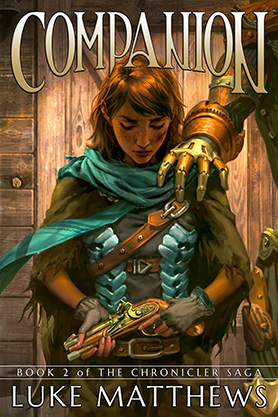
Story by Andy Hartnell
Art by Chris Bolson
Having lost the Necronomicon to an African warlord during a retrieval mission, Abbey Chase and the Danger Girl organization have followed their only lead – a page from the cursed book itself depicting an unknown man’s face – to a federal prison where their target is being held. The perfect sort of place for Abbey’s associate Sydney Savage to infiltrate…
After a far too lengthy introduction to Sydney, issue 3 of this franchise crossover finally leads into what we’ve been waiting for all along: a member of Danger Girl meeting up with Ash for the first time. Hartnell is clearly very comfortable with the Danger Girl characters; their dialogue is smooth with just the right hint of cheeseball, and their interactions carry the coolness that has always been the series’ appeal.
Ash, on the other hand, seems clumsily handled here. Although he’s meant to be a bumbling idiot, somehow his dialogue comes across immature rather than funny or goofy. He never feels quite like the dumbass turned badass he’s supposed to be, and never really captures the Bruce Campbell flair that made him so popular in the first place.
Sadly, Bolson’s art only adds to this effect. While he has a solid grasp on Abbey and company, Ash is inconsistently rendered throughout the book, never really feeling like the Ash we know and love. The artwork in the book is otherwise solid (although at times the colors are a little overdone), especially during the action-heavy sequences.
Overall, you’ll get what you expect out of this book. It’s a campy mash up of two diametrically opposed franchises that come together unexpectedly well, with a few stumbles in Ash’s portrayal. Danger Girl and the Army of Darkness is an entertaining throwaway, and worth at least one read-through.










